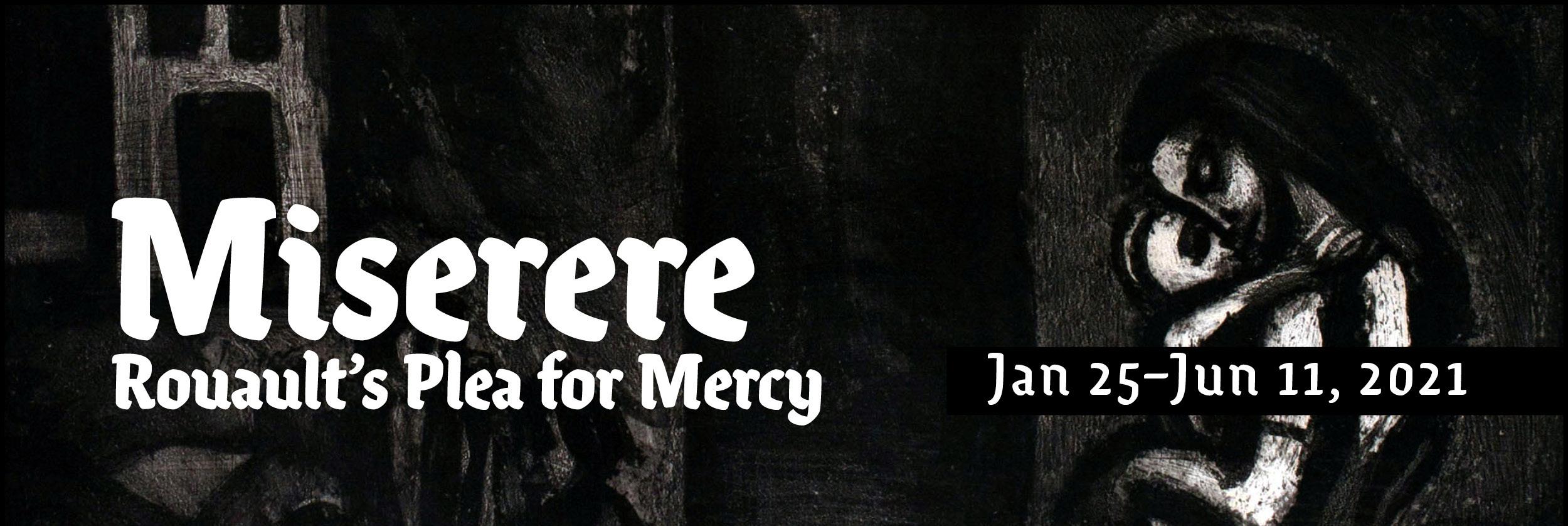
1 minute read
Miserere: Rouault's Plea for Mercy
BY JASON E. SHAIMAN, CURATOR OF EXHIBITIONS
The Great War (1914-1918), otherwise known as World War I, prompted many European artists to respond to the horrors of the war. Some artists produced demonstratively emotional and physical anguished imagery to illustrate the true nature of the conflict. For Georges Rouault (French, 1871-1958), the emotional and artistic expression of misery reflected personal meditations, reflections, and religious beliefs. Rouault made his acclaimed series Miserere between 1918 and 1927 based on drawings that he began in 1914 shortly after the outbreak of the Great War. His series of 58 etchings are a dark and personal pronouncement of the artist’s anxiety over the ills of a society inflicted by war.
Advertisement
Rouault developed the series in two parts: Miserere and Guerre. The first, Miserere, includes a final section that turns to salvation through Christ. The second, Guerre (War), is a reflection on the tragic developments and result of World War I.
Rouault is best known for representational imagery developed in colorful, yet bold lines reminiscent of stained glass for which he trained in his youth. Miserere, a French term, comes from the Latin misereor meaning to have mercy or pity. In correlation with this theme, Rouault turned to a dark and heavy palette devoid of color to demonstrate his melancholic plea for compassion and a call for humanity to respond to ailments that plague civilization.
Exhibition Program: Envisioning Outrage: Georges Rouault in the Context of Art and War
DR. EDNA SOUTHARD, EMERITA CURATOR OF COLLECTIONS & ASSISTANT PROFESSOR, MIAMI UNIVERSITY
WED, FEB 24 | 6 PM [Virtual]
TINYURL.COM/MUAMEVENTS
How do visual artists react to suffering and destruction? The Parisian artist Georges Rouault responded to World War I with a large series of prints that is a dark vision as well as a pious plea for mercy and hope, but he was not alone. The context of the art and religious thought gives us a window to understanding the visual language that artists use to express their outrage at human suffering.
ONLINE EXHIBITION TINYURL.COM/MUAM-MISERERE
Header image: Georges Rouault (French, 1871-1958); Pl 10: Au Vieux Faubourg des Longues Peines (In the old Suburb of Long Suffering) [detail], 1923, printed 1948; Etching and aquatint from copper plates on paper; Gift of William Murstein in memory of his brothers, Myron Murstein and Ormond Murstein









